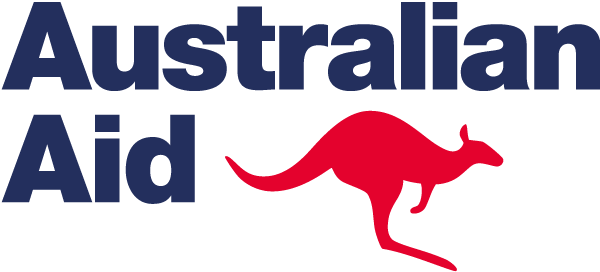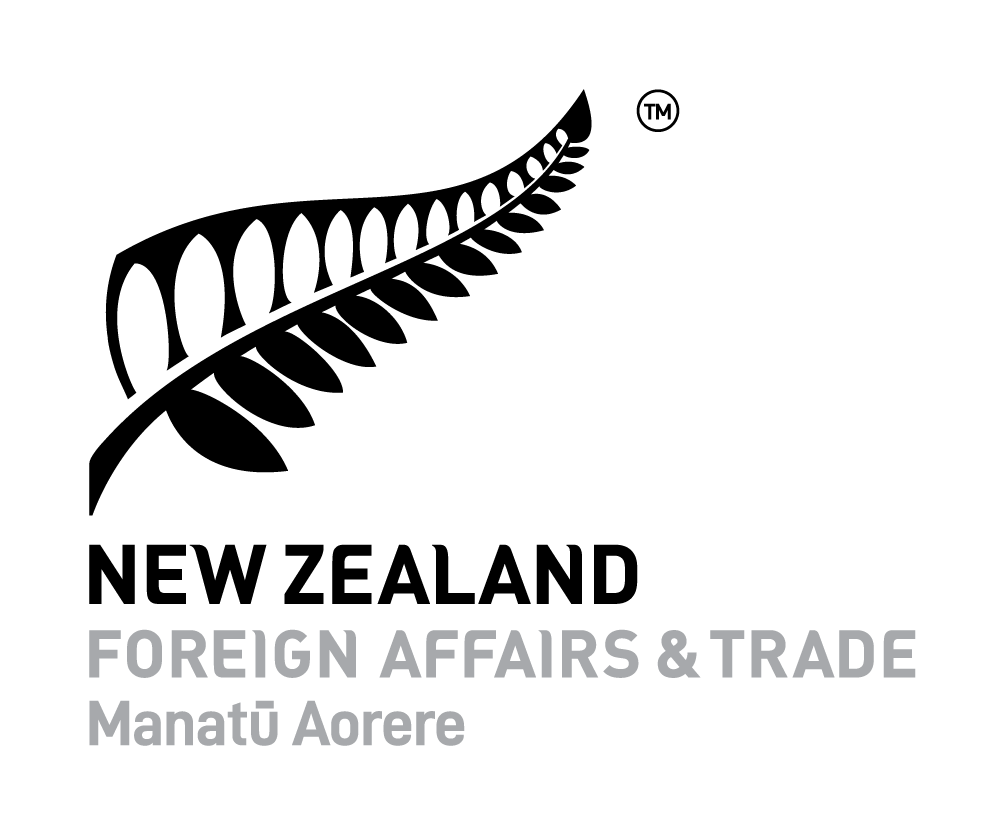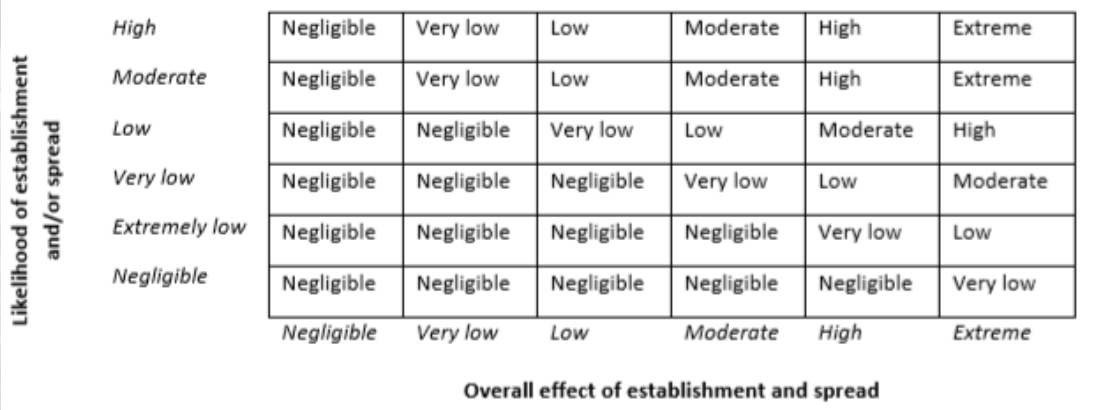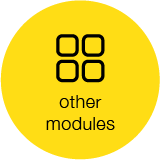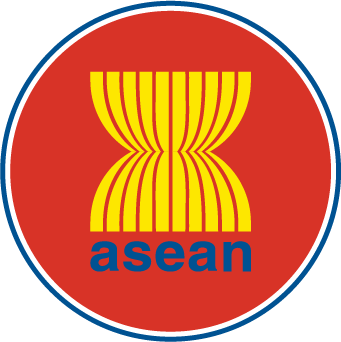
for the Implementation of International Standards
related to Sanitary and Phytosanitary (SPS) Measures

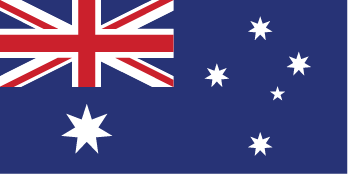
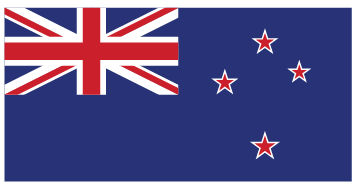
ECONOMIC COOPERATION SUPPORT PROGRAMME (AECSP)
Disclaimer
This e-learning module has been developed for the teaching purposes and material contained in it is of general nature.
It is not intended to be relied upon as legal advice and the concepts and comments may not be applicable in all circumtances.



ECONOMIC COOPERATION SUPPORT PROGRAMME (AECSP)
There are some basic tools required for IRA











Who actually does the risk analysis?
Full IRA is not always necessary and the OIE International Standards can be applied as an alternative. This slide discusses when the OIE International Standards should be used instead of full IRA.
The principle of harmonization is described in Article 3 of the SPS Agreement. Article 3 says ‘..on as wide a basis as possible, Members shall base their SPS measures on international standards, guidelines and recommendations’. It also says that ‘SPS measures which conform to international, standards and recommendations shall be deemed necessary to protect human, animal or plant life or health, and presumed to be consistent with the relevant provisions of this Agreement..’
Article 3 also says that ‘Members may introduce or maintain SPS measures which results in a higher level of SPS protection than what would be achieved by measures based on relevant international standards, guidelines or recommendations, if there is scientific justification’
Article 5 of the SPS Agreement describes principles related to the assessment of risk and the determination of the Appropriate Level of Protection (ALOP). It states that ‘Members shall ensure that their SPS measures are based on an assessment, as appropriate to the circumstances, of the risks to human, animal or plant life or health…’
‘An assessment that is appropriate to the circumstances’ could be considered hazard identification followed by use of the OIE International Standards. Alternatively, it could be considered full IRA.
- The hazard identified is an OIE-listed disease
- The SPS measures described in the OIE International Standards are sufficient to meet your country’s ALOP
- A hazard identified is not an OIE-listed disease
- The SPS measures described in the OIE International Standards are not sufficient to meet your country’s ALOP
Who does an IRA?
1. Determine the scope
It is important to clearly determine the scope of an IRA before commencing. Try to define the subject of the IRA as precisely as possible. The example below shows the first paragraph of a scope definition. For the full description, look at the example IRA from New Zealand. You can find this by clicking on the resources tab.
3. Develop a communication strategy
The OIE IRA handbook suggests a communication strategy should
- identify interested parties
- determine when it is necessary to communicate with them
- determine the appropriate means of communication
Remember you can access the OIE IRA handbook by clicking on the resources tab.
4. Source information
Sourcing information is described in detail in module 4.4.
Keep in mind that Information isn’t just published research. There are many alternative sources of useful information, such as subject matter experts.
Your information sources should be referenced in your documentation.
5. Identify the hazards associated with a commodity
This involves drawing up a list of potential pathogens that could enter as a result of importing the commodity. Consider
- whether the pathogen is present in the importing country, including evidence of absence
- if the pathogens listed are present in the exporting country
- whether there are any official control programs in the exporting country
- other factors such as whether the hazard can be carried on the commodity, if it has zoonotic potential and if there are more virulent forms
A decision tree or table approach might be handy here. A full literature review will be required to identify hazards. There is more information on appropriate sources of information in module 4.4.
In some cases, hazard identification may fail to identify any hazards associated with the importation. In this case, risk analysis can be concluded here.
There is more detail on conducting hazard analysis in upcoming slides.
6. Determine if the OIE International Standards can be used.
Once the hazards have been identified, you should check to see if they are OIE-listed diseases.
If the hazards identified are OIE-listed diseases and OIE International Standards provide measures that meet your countries’ ALOP you may be able to apply the sanitary measures suggested and stop there.
Below is an example of the Code making recommendations on sanitary measures for African Swine Fever.
In accordance with the SPS Agreement, any SPS measures introduced that exceed the those outlined in the OIE International Standards must have a scientific justification.
The OIE International Standards are available in the resources tab of this module.
7. Risk assessment
In earlier modules, we learnt how risk assessment has four components.
Usually a risk assessment will also include background epidemiological information that informs the four components. The OIE IRA handbook provides more detail on approaching a risk assessment. Remember that each risk assessment doesn’t have to be long.
For many countries, this step will not be necessary and they can refer to the OIE International Standards.
There is more detail on risk assessment in upcoming slides.
8. Risk management
This involves evaluating the options for managing the risks posed by each hazard. The OIE IRA handbook outlines four steps in risk management. However, usually an IRA focuses only on the first two of these steps.
- Risk evaluation
- Option evaluation
- Implementation
- Monitoring and review
It is important to acknowledge that the SPS Agreement outlines that there should be no restrictions on international trade unless there is evidence that this trade comes with an unacceptable level of risk.
Hazard identification can be further broken down into three steps.
A broad literature review is used to develop a list of potential hazards. This can take time and the list may be very long.
The status of each hazard in the importing and exporting country should be assessed. This also includes consideration of the standard of animal health and veterinary services in each country.
The hazards and the results of the assessment of animal disease status are usually tabulated to determine which hazards need further assessment. Zoom in on the picture to see an example table.
Hazards should be considered candidates for further assessment if:
- they are present in the exporting country (or their status in the exporting country is unknown) but not in the importing country
- the importing country considers the hazard to be unwanted and/ has a control program in place for the hazard
- the hazard can travel on the commodity
- there are other factors such as zoonotic potential or the capacity to import more virulent strains of a hazard
In this module and previous modules, we’ve learnt that risk assessment has three steps that all result in a risk estimation. But how do we reach a risk estimation?
IRA can be qualitative or quantitative. Qualitative is often preferred because it is less complicated and requires less data. For this reason, the steps described here relate to qualitative IRA.
This is usually done by describing all the different pathways that would be necessary to introduce a hazard through the importation activity. The entry assessment describes the probability of entry of each of the hazards under certain conditions. For example, if the IRA was on pigs, the importation of African Swine Fever (ASF) on live pigs coming from an infected country may be classified as ‘moderate’.
This is done by describing all the different pathways that would be necessary for exposure of animals or humans to the hazard. The exposure assessment describes the probability of exposure to the hazard. Using the ASF example, the probability of a pig coming into contact with infected pork could be considered ‘low’. Exposure assessment should also consider the likelihood of a hazard establishing and spreading.
This consists of describing the consequences of exposure to the hazard. Using the ASF example, the consequence of ASF entering a country that is currently free could be described as ‘very high’.
Risk estimation brings this together into an output that can be communicated. Many countries use a matrix to combine the results of the three assessment components to reach a final conclusion.
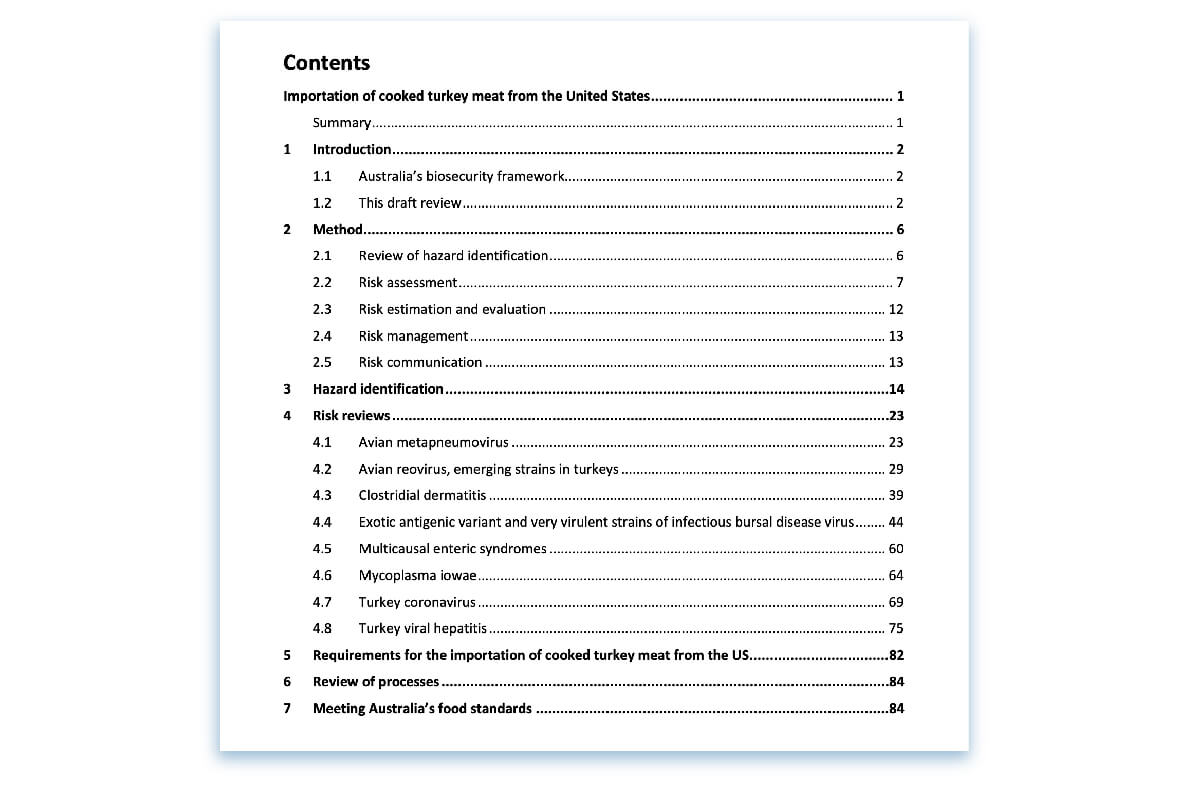












Question
The OIE IRA handbook lists this as the forth step in IRA however in reality this will be done through the IRA process. In this step, you’ll collect evidence for your IRA.
The OIE IRA handbook divides this process into four steps: risk evaluation, option evaluation, implementation and monitor and review.
Who might be involved in an IRA?
This module presented four key ideas
The principle of harmonization within the SPS Agreement encourages countries’ to use the OIE International Standards when setting sanitary measures. The OIE International Standards can be used when the hazards identified are OIE-listed diseases and when their use will meet the ALOP of the importing country. For hazards that are not OIE-listed diseases or in cases when the ALOP of an importing country is not met by the sanitary measures in the OIE International Standards, scientific justification of SPS measures is required. This requirement is met by full IRA.
IRA usually involves a diverse team of people led by a competent Government department. Many different people are consulted during an IRA.
Critical requirements for an IRA are clear objectives, expertise, information and a step-wise approach.
THE OIE IRA handbook describes eight basic steps in IRA. In many cases, not all the steps are required.



ECONOMIC COOPERATION SUPPORT PROGRAMME (AECSP)

